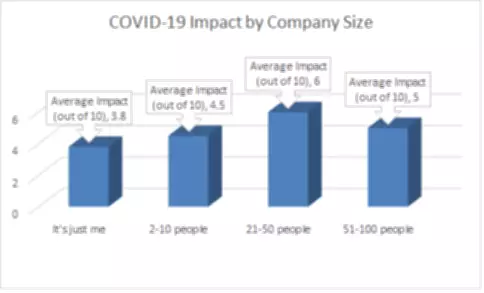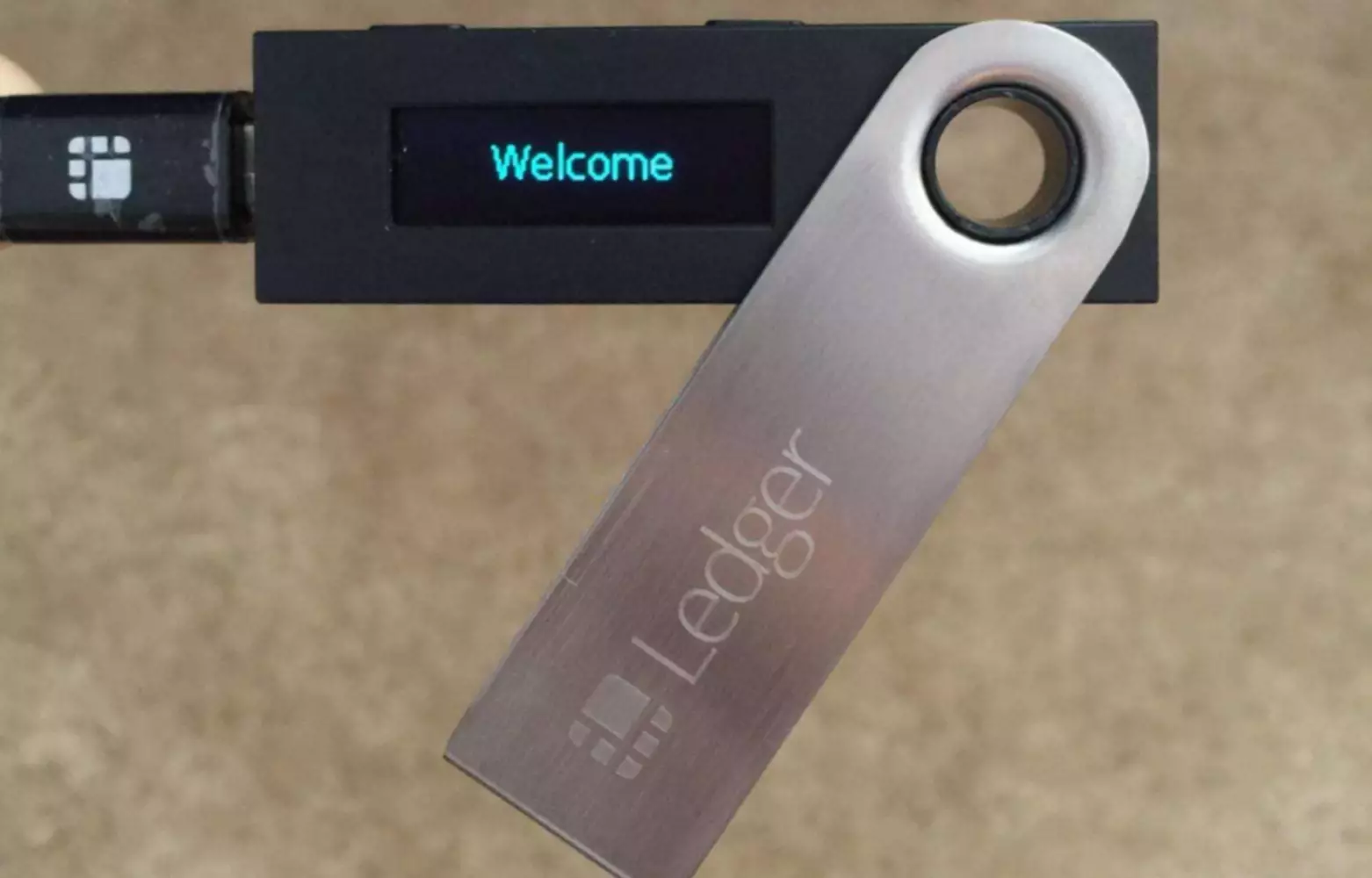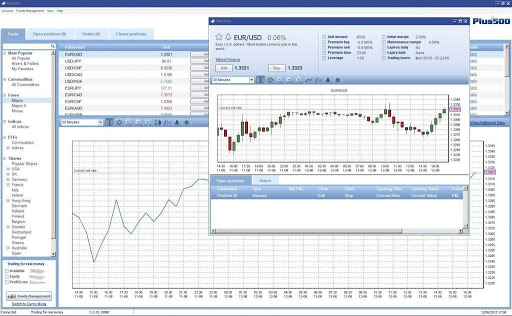Content

Plus, get practice tests, quizzes, and personalized coaching to help you succeed. The Balance uses only high-quality sources, including peer-reviewed studies, to support the facts within our articles. Read our editorial process to learn more about how we fact-check and keep our content accurate, what are control accounts reliable, and trustworthy. Harold Averkamp has worked as a university accounting instructor, accountant, and consultant for more than 25 years. He is the sole author of all the materials on AccountingCoach.com. Find out how GoCardless can help you with Ad hoc payments or recurring payments.
The examples above are very basic and are standard double-entry accounting transactions. The sale will be recorded as a credit entry but what about the corresponding debit? It would not be posted to the bank account as no physical cash has gone to the bank account, or the petty cash account… Payments and receipts processed in Cash Management are posted to the control accounts determined by the sales types and purchase types of the related orders or invoices.
Creditors Control Accounts
Following this method assists management in establishing a control over ledger posting, therefore reducing the risk of misrepresentation and fraud. Moreover, it bring forth accuracy of analysis because it provides double-check of ending balances of each account. Most importantly, the ending balance of the subsidiary ledger should match the ending balance of the related controlling account. Using a control account can guard against fraud, particularly if you have someone else maintain the control account. Control accounts are typically used in larger organizations that have hundreds or even thousands of transactions. Control accounts are part of double-entry accounting, which states that any debit posted to the general ledger will have a corresponding credit posted to the general ledger as well.

More details such as where the money came from, who it came from and the date it was paid appear in the subsidiary ledger. For credit sales, the control account is often referred to as the sales ledger or sales ledger control account . At the end of an accounting period the accounts are balanced off and a trial balance prepared to check the accuracy of the book keeping entries. If a trial balance fails to balance this usually indicates that an error or errors may have been made and needs to be identified.
An example of a control account
Reconciliation is an operation that ensures that entries within purchase and sales ledgers agree with the control accounts entries. Hence, this account ensures the aggregate amount is similar, and if there is no similarity, it indicates the error-promoting correction and investigation of all discrepancies. Sales ledger control account is also known as a debtors control account which summarizes balances and entries of all customer’s individual accounts in a single account. It will include only summary amounts that include the total amount owed by each customer, per day total collection from customers, per day total credit sales, and per day total allowances and returns.
- It will include only summary amounts that includes per day total payments to suppliers, per day total credit purchases, and per day total purchase allowances and returns.
- Most importantly, the ending balance of the subsidiary ledger should match the ending balance of the related controlling account.
- Sales ledger control account is also known as debtor control account or Trade debtor control account.
- Control accounts are used in the general ledger to summarize activity in subsidiary ledgers.
In addition, it provides organized and correct ending balances of specific account types for preparingfinancial statements. Control accounts are used in the general ledger to summarize activity in subsidiary ledgers. Commonly used in accounts payable and accounts receivable, they report the balance of each ledger.Control accounts are general ledger accounts that summarize lower-level activity into a single balance. Used with subsidiary accounts, your control balance should always be equal to the balance in the control account. Accounting departments use the trial balances generated from the general ledger when accumulating monthly, quarterly, and annual financial data. Generally, accounting departments rarely require the type of detail tracked in a subsidiary ledger. For example, an accounts receivable department will need to be able to access customer information, such as a phone number, in order to potentially contact a customer regarding unpaid balances.
A practical example for the control account
Account Contains Account ReceivableAccounts receivables is the money owed to a business by clients for which the business has given services or delivered a product but has not yet collected payment. They are categorized as current assets on the balance sheet as the payments expected within a year.
The default sales type or purchase type defined for the business partner group of the invoice-to or invoice-from business partner. Trial balance contains aggregated balances, so it’s not difficult to produce control accounts, and their role in checking balance accuracy is vital as well. Hence, we have reconciled the control account and receivable balance in the general ledger. Now, we are confident in the accuracy of the receivable balance and can be used to form a financial statement.
Invoices that have been created, customer payments, product returns, refunds, and credit memos posted in the various accounts receivable ledgers will all be included in the accounts receivable control account. Suspense AccountSuspense Account is a general ledger account that holds records of temporary transactions that which do not have sufficient evidence for double entry or appropriate vouchers. This account is settled within the accounting period and does not appear anywhere in the financial statements.
New Protections for People Who Need Abortion Care and Birth Control California Governor – Office of Governor Gavin Newsom
New Protections for People Who Need Abortion Care and Birth Control California Governor.
Posted: Tue, 27 Sep 2022 20:37:30 GMT [source]
An audit is an unbiased examination and evaluation of the financial statements of an organization. A detective control is https://www.bookstime.com/ an accounting term that refers to a type of internal control intended to find problems within a company’s processes.
Because of their enormous transaction volume, control accounts are most often used by large businesses. A small business may generally record all of its transactions in the general ledger, eliminating the requirement for a control account-linked subsidiary ledger. However, if you’re still using a manual ledger system, the purpose of control accounts is to take the balance of the accounts in the subsidiary ledgers and post the total into the general ledger.
There are various advantages of control accounts, including preventing fraud, eliminating clutter, and quick identification of accounting errors. A control account is a general ledger account that contains the summarized amounts of transactions made within the business. Also, this account is called a controlling account since it promotes the performance of reconciliation control concerning the ending balance. Therefore, this account enables individuals to reconcile the total balance of the subsidiary ledger with the aggregate balance to be applied within the trial balance. A control account is created as a tool for reconciling the journal entries and the general ledger.
A company that sells products on credit may have many transactions in the accounts receivable subledger. The details of those transactions live in the subledger and the balance is reported to the control account. The control account for accounts receivable will only show the total amount that is owed to the company at a point in time without all the details of each customer’s transaction. While subsidiary accounts are critical for recording a company’s transactions, control accounts allow for high-level analysis by simply focusing on the balances of each account. They are especially important for reconciliation in large companies with a high volume of transactions when only the balance of the account is needed.
What is work-in-progress control account?
What is Work in Progress? In accounting, a work in progress (WIP) account is an inventory account that includes goods that are in the process of being produced but are not yet finished. This account represents the costs of resources used but not yet turned into completed products.






















